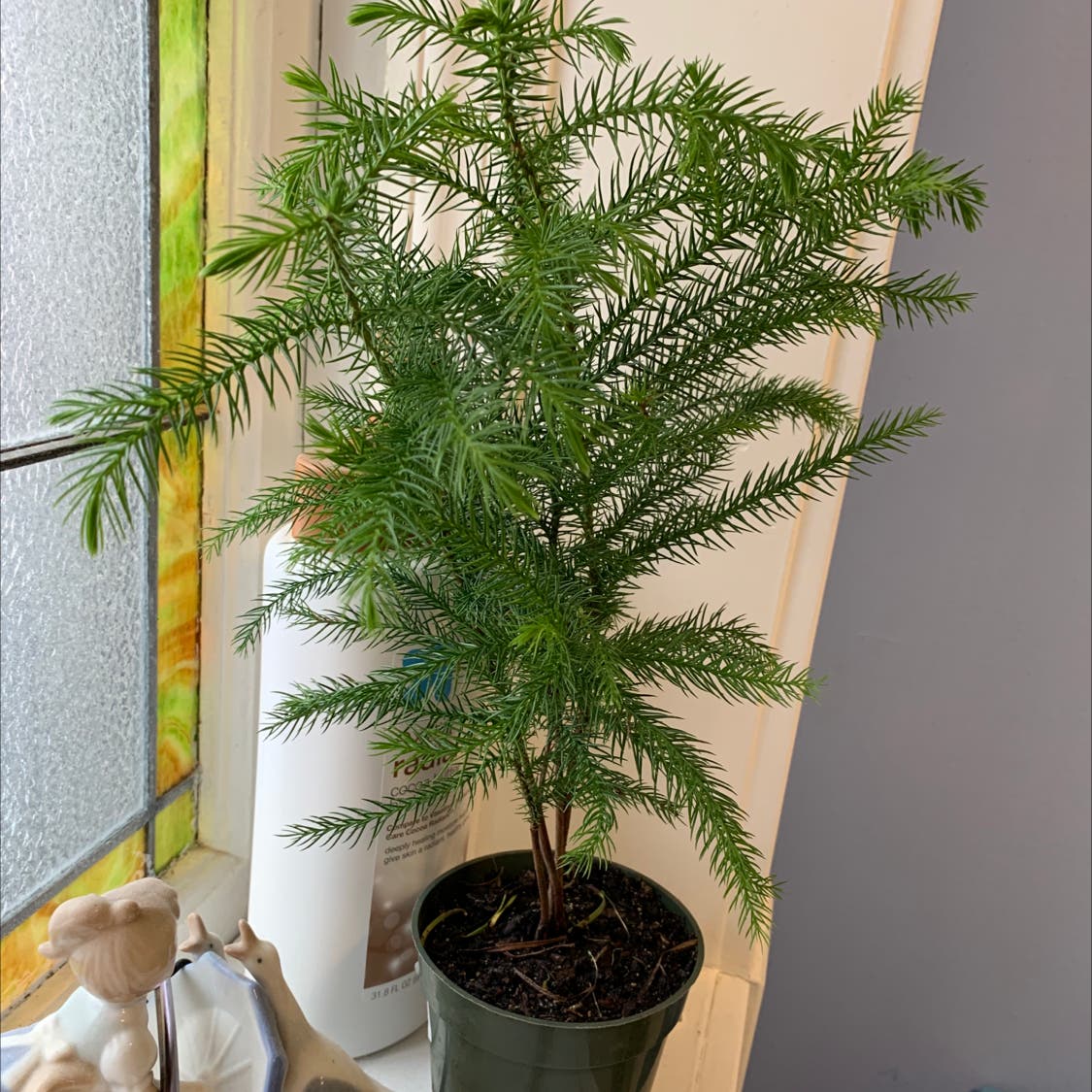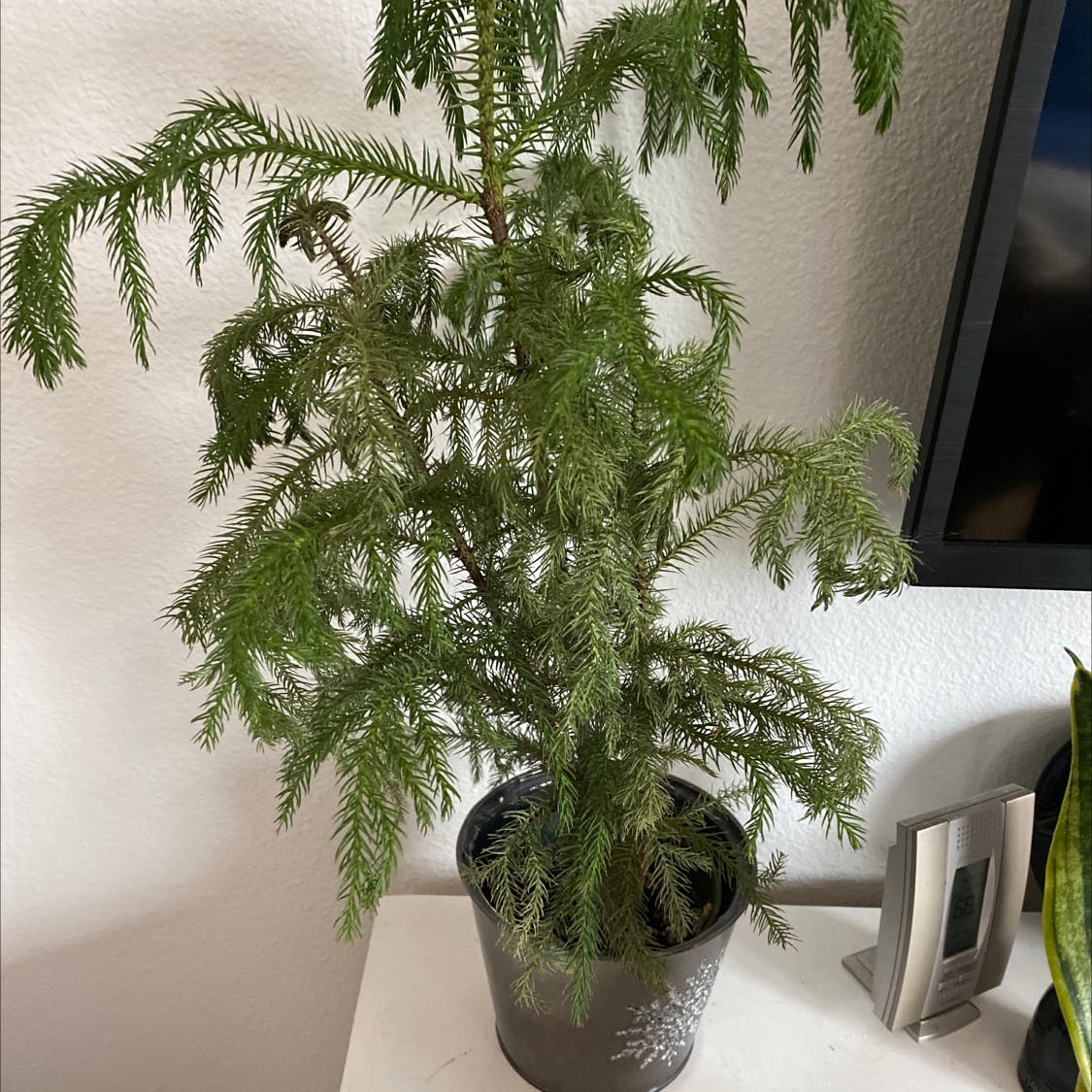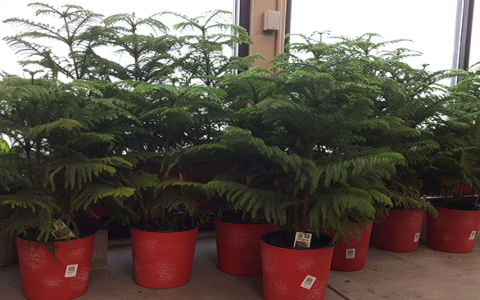Okay, folks, let’s talk about my little adventure with my Norfolk Island Pine and figuring out its temperature sweet spot.
My Norfolk Island Pine Temperature Journey
So, I got this Norfolk Island Pine a while back, you know, thinking it would be a nice, easy-going indoor tree. Turns out, they’re a bit pickier than I thought, especially when it comes to temperature. I started noticing some, uh, distress signals – I will describe it later – and I was like, “Okay, time to do some digging.”

First thing I did? I put a thermometer right next to the plant. Just a simple one, nothing fancy. I wanted to see what kind of temperatures it was actually experiencing throughout the day and night.
Then I spent sometime searching what temperature range online others have. I have found that 65°F to 70°F is a good place to aim.
Observation Time:
- Daytime Highs: I was keeping my place pretty warm, sometimes hitting the mid-70s (°F). My little tree didn’t seem to hate it, but it wasn’t exactly thriving either.
- Nighttime Lows: This is where I think I was messing up. My apartment gets pretty chilly at night, especially in the winter, dipping down into the low 60s (°F), even the 50s (°F) sometimes! Poor thing was probably shivering.
- Drafts: Okay, confession time. I had it near a window… which, in hindsight, was a terrible idea. The drafts from the window were definitely stressing it out. I could practically feel the temperature fluctuating every time the wind blew.
The “Aha!” Moment:
So some guys on the internet said that consistency is key. These pines don’t like wild temperature swings. It is needed to aim for that 65-70°F range during the day, and then let it get a bit cooler at night, more like 50-55°F. I did some more search online, and found out, it replicates their natural environment, or something like that.
Making Changes:
- New Location: I moved the pine away from the drafty window to a more stable spot in the living room.
- Nighttime Temp Control: I started closing the vents in that room at night during the winter, just to keep it from getting too cold. I didn’t want it freezing!
- Daytime Temp: I tried to be more mindful of the thermostat, keeping it a bit lower during the day.
The Results?

Honestly, it took a little while, but I definitely started seeing a difference. The needles that I was describing before, which is browning at the tips, stopped getting worse. It just looked… happier. It wasn’t a miracle cure overnight, but it was clearly appreciating the more stable temperatures.
So, the lesson I learned? Pay attention to your Norfolk Island Pine’s temperature needs! They’re not as fussy as some plants, but they definitely appreciate a little consistency. Don’t let them freeze, don’t let them roast, and keep them away from those sneaky drafts!




















